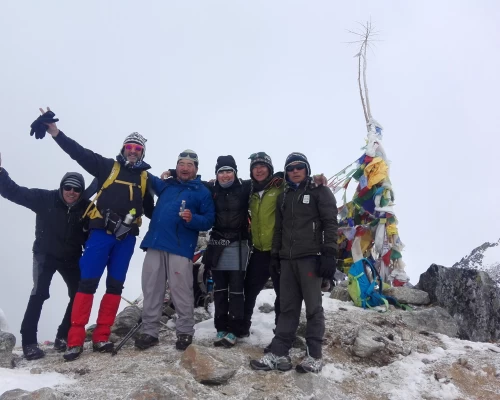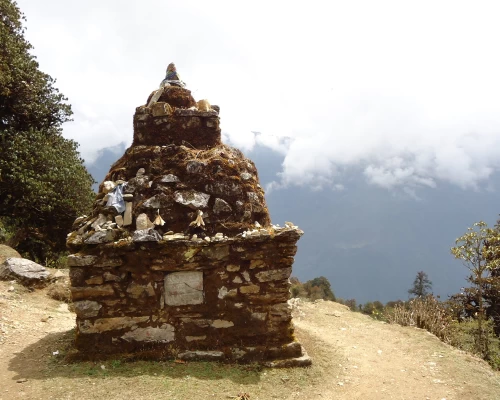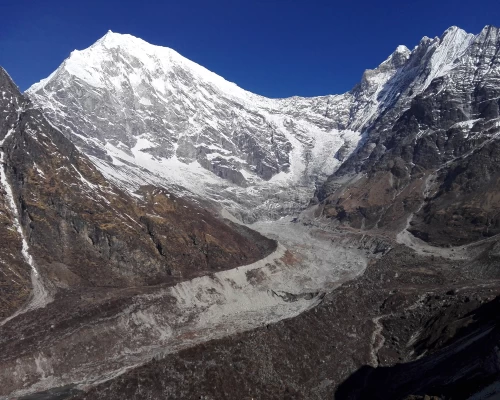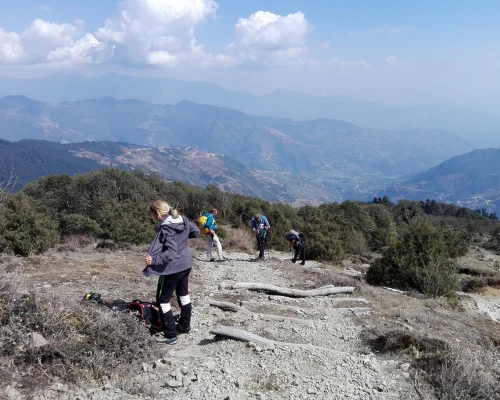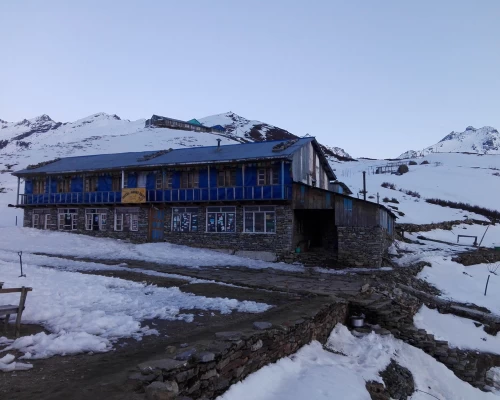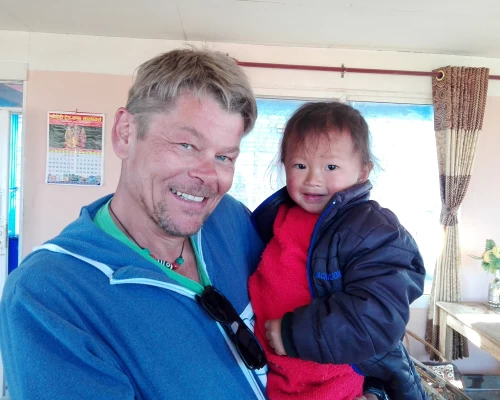Langtang Helambu Trekking

Langtang Valley via Holy Gosaikund Lake and Lauribinala pass to Helambu Valley trekking is one of the loveliest trekking routes. Langtang – Gosaikunda trek offers a good alternative away from popular destinations such as Everest, Manaslu, and Annapurna Circuits. Surrounded by lesser-known viewpoints and hilly tops in splendid alpine surroundings, the region has remained largely pristine. Langtang Glacial Valley passing through Lama Hotel and Ghoda Tabela, Langtang was a destroyed village by an earthquake in 2015 on our way to Kyanjin Gompa, the last settlement in Langtang Valley. After a few days of wonderful trekking around Langtang Valley, we stepped into the sacred holy Lake of Gosainkunda. Gosaikund is a popular Hindu and Buddhist pilgrimage site. There are many different lakes with different names dedicated to Lord Shiva. The pass is mostly known as Gosaikund Pass, but on the map, you can find Laurebina Pass (4,600 m), the highest point on the trek. After passing the col, the trail enters different valleys with different landscapes, cultures, traditions, and natural diversities that are also very different. The lush green forests, up and down the trail through attractive villages, terraced fields, and passing very beautiful monasteries, Chortens, hills, and viewpoints.
Important attractions of the Langtang to Helambu trekking

Dramatic Landscapes: Experience dazzling views of snow-capped peaks like Langtang Lirung, Ganesh Himal, Gang Chenpo, Dorje Lakpa, Kimsung, and Naya Kanga.
Langtang National Park: Trek through diverse flora and fauna, including rhododendron, oak, and bamboo forests. Wildlife: red pandas, Himalayan Tahr, musk deer, wild boars, Snow leopards, mongoose, bees, bears, mongoose, white long-tailed languor, monkey, endangered Ibis bills, Dhanphe pheasant, Kalij pheasant, Tibetan cock, magpie, and River chat.
Kyanjin Gompa: The oldest Buddhist monastery at 3,870m, in the Langtang Valley.
Tserko Ri: An optional ascent to 5,033m, providing 360-degree views of the surrounding Himalayan range, including Langtang Lirung, Shishapangma, and Ghanchhempo.
Gosaikunda Lake: A sacred alpine lake, revered by both Hindus and Buddhists. During the full Moon in August, the main ceremony plays a big part in this holistic site. Thousands of pilgrims from South Asia and Shamans from different ethnic groups at their shamanic attire used to visit this sacred Lake.
HeLambu Region: Tranquil enclave of the Hyolmos, experiencing their unique lifestyle and culture, inspired by Nyingmapa Buddhism.
Cultural Immersion: Discover charming traditional villages, prayer wheels, and symbolic flags throughout the trek, offering insights into the local communities.
Grade of Trekking:
The Langtang Helambu trek is generally considered a moderate trek, suitable for both beginners and experienced hikers with a basic level of fitness. While it involves uphill and downhill sections, some of which can be steep and rocky, it doesn't typically require prior high-altitude trekking experience. It needs just a good physical and mental preparation, along with proper acclimatization. Walking per day 4-8 hours, ups and downs.
Our recommended trekking Seasons
- Spring (Mar- May): Offers mild temperatures, clear skies, and vibrant rhododendron blooms.
- Autumn (Sep-Nov): Provides post-monsoon clarity, fresh air, and the clearest mountain views.
- Monsoon (May-Aug): It is possible to trek, be prepared with monsoon gear, be aware of slippery and muddy trails.
- Winter (Dec- Feb): It is still possible, but it can be challenging due to snowfall and cold temperatures at higher elevations.
Permits for the Langtang Helambu trek:
- Langtang National Park Entry Permit: Required for all trekkers entering the Langtang Valley region. Cost: NPR 3,000 (approx. USD 30) for foreign nationals, NPR 1,500 for SAARC nationals.
- Shivapuri National Park Entry Permit: Necessary if your trek connects the Langtang region with the Helambu region, as the Helambu section passes through Shivapuri National Park. Cost: NPR 1000 for foreign nationals.
- TIMS (Trekkers' Information Management System) Card: May be applicable


